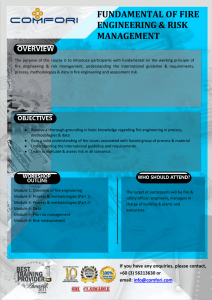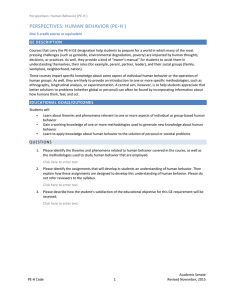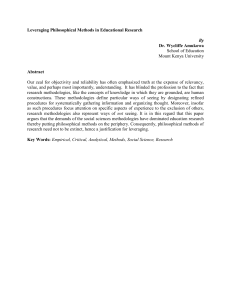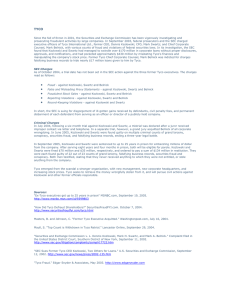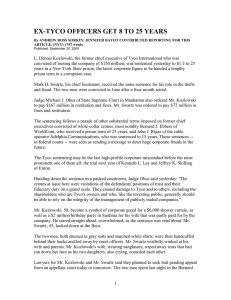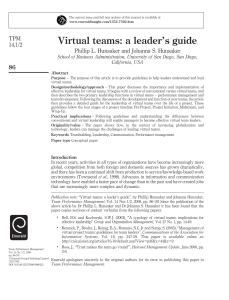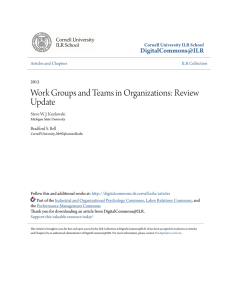4076.pdf NASA Human Research Program Investigators' Workshop (2012)
advertisement
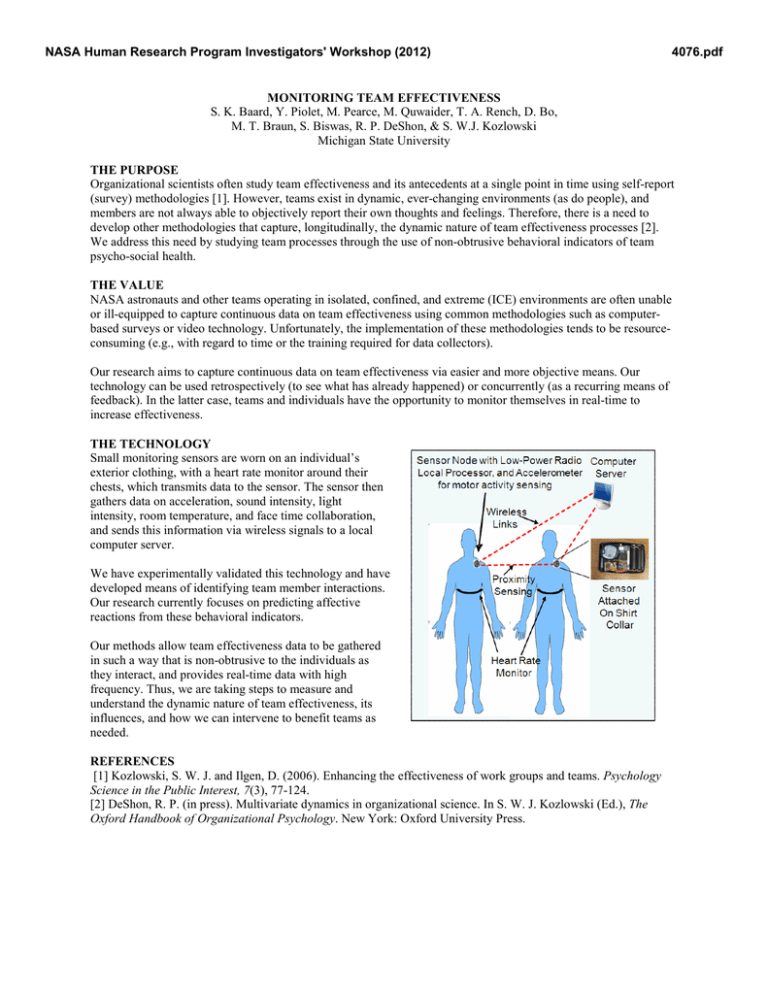
NASA Human Research Program Investigators' Workshop (2012) 4076.pdf MONITORING TEAM EFFECTIVENESS S. K. Baard, Y. Piolet, M. Pearce, M. Quwaider, T. A. Rench, D. Bo, M. T. Braun, S. Biswas, R. P. DeShon, & S. W.J. Kozlowski Michigan State University THE PURPOSE Organizational scientists often study team effectiveness and its antecedents at a single point in time using self-report (survey) methodologies [1]. However, teams exist in dynamic, ever-changing environments (as do people), and members are not always able to objectively report their own thoughts and feelings. Therefore, there is a need to develop other methodologies that capture, longitudinally, the dynamic nature of team effectiveness processes [2]. We address this need by studying team processes through the use of non-obtrusive behavioral indicators of team psycho-social health. THE VALUE NASA astronauts and other teams operating in isolated, confined, and extreme (ICE) environments are often unable or ill-equipped to capture continuous data on team effectiveness using common methodologies such as computerbased surveys or video technology. Unfortunately, the implementation of these methodologies tends to be resourceconsuming (e.g., with regard to time or the training required for data collectors). Our research aims to capture continuous data on team effectiveness via easier and more objective means. Our technology can be used retrospectively (to see what has already happened) or concurrently (as a recurring means of feedback). In the latter case, teams and individuals have the opportunity to monitor themselves in real-time to increase effectiveness. THE TECHNOLOGY Small monitoring sensors are worn on an individual’s exterior clothing, with a heart rate monitor around their chests, which transmits data to the sensor. The sensor then gathers data on acceleration, sound intensity, light intensity, room temperature, and face time collaboration, and sends this information via wireless signals to a local computer server. We have experimentally validated this technology and have developed means of identifying team member interactions. Our research currently focuses on predicting affective reactions from these behavioral indicators. Our methods allow team effectiveness data to be gathered in such a way that is non-obtrusive to the individuals as they interact, and provides real-time data with high frequency. Thus, we are taking steps to measure and understand the dynamic nature of team effectiveness, its influences, and how we can intervene to benefit teams as needed. REFERENCES [1] Kozlowski, S. W. J. and Ilgen, D. (2006). Enhancing the effectiveness of work groups and teams. Psychology Science in the Public Interest, 7(3), 77-124. [2] DeShon, R. P. (in press). Multivariate dynamics in organizational science. In S. W. J. Kozlowski (Ed.), The Oxford Handbook of Organizational Psychology. New York: Oxford University Press.
